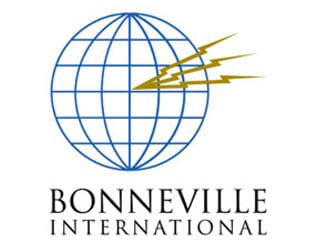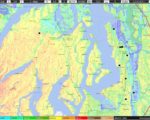Bonneville International Corp. has signed off on “modernizing and upgrading” its existing boosters for FM signals tied to three San Francisco radio stations.
In a filing made this week with the FCC, it became known that GeoBroadcast Solutions, the technology company behind Maxxcasting seeks Commission approval of the estimated March 2022 deployment of its FM Booster service at Adult Contemporary KOIT-FM 96.5, Top 40 KMVQ-FM “99.7 NOW,” and Adult R&B KBLX-FM 102.9.
A five-node single frequency network (SFN) with HD Radio operation, GBS seeks to improve each of the FM’s existing booster signals in a manner in which each station will share the antenna infrastructure through a multiplex system.
The improved signal in the terrain-challenged San Francisco Bay Area is designed to help the three stations’ detectability among holders of Nielsen Audio Portable People Meters (PPMs).
KOIT, KBLX and KMVQ were acquired in 2018 by Bonneville from Entercom, now Audacy.
“By implementing a MaxxCasting SFN system, the technology provides a solid, interference-free signal, sound, and HD Radio in the East Bay for all three Bonneville stations,” GBS explains.
Among the project partners is GatesAir, which manufactures the Flexiva transmitter.
KOIT presently uses a 3,300-watt booster in Martinez, benefiting listeners in San Ramon, Walnut Creek and Concord; KMVQ and KBLX each have a 185-watt booster in Walnut Creek.
Maxxcasting has been marketed by GeoBroadcast Solutions as a way for radio broadcast stations to fill-in signal holes in major metropolitan areas, greatly improving coverage. It has recently been put to work in Chicago, and for an Audacy Sports Talker in San Diego.
RBR+TVBR RELATED READ:






